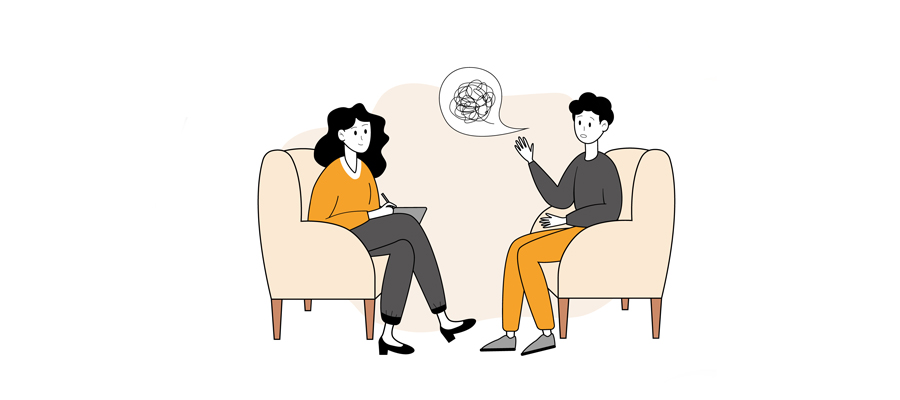As a therapist, one of the most delicate and important conversations I have—both with my clients and within myself—is around the myth of linear healing.
We all love a good “before and after” story: a client walks into therapy with visible distress, learns coping skills, gains insight, and gradually transforms their life. And while that does happen, what’s often invisible is the messy, non-linear path between those two points.
Sometimes, what looks like a step backward is actually a sign of deeper healing.
The Loop That Isn’t a Loop
I’ve had clients say things like:
- “I thought I was over this. Why is it coming back?”
- “It’s like I’m back to square one.”
But here’s the truth: they’re not. They’re revisiting a familiar emotional terrain—but this time, with more awareness, language, and tools. That’s not regression—that’s integration.
Think of it like climbing a spiral staircase. You pass the same emotional “view” from a different height. You’re not in the same place; you’re above it, looking at it from a new angle. This is where deep work happens—not in avoiding the pain, but in being able to return to it with more capacity.
Why This Happens
- Therapy peels layers: Clients often begin therapy with surface-level issues. As safety builds, deeper wounds—often long-buried—begin to surface. It may feel overwhelming, but it’s a sign of trust in the process.
- Life keeps happening: Even when internal growth occurs, external stressors don’t always pause. A bad week at work, a conflict with a partner, or even hormonal changes can temporarily flood the system and trigger old patterns.
- Progress invites resistance: Sometimes when clients are on the brink of real change, fear shows up disguised as doubt or regression. It’s the psyche testing the waters of vulnerability and transformation.
From my perspective as a therapist, what looks like a setback often reveals a client’s increasing willingness to confront what they previously avoided. When someone starts to cry about a childhood memory they used to brush off, or when they finally admit something they’ve kept buried—it may come with emotional chaos, but it’s often a breakthrough disguised as a breakdown.
One of my clients, for example, started therapy numb and detached. Months later, she began experiencing intense emotional waves. She was upset about it, saying, “I’m getting worse!” But what was really happening was that she was thawing—finally feeling after years of shutting down. That wasn’t a relapse; it was movement.
How I Help Clients Reframe It
When clients feel disheartened by these “relapses,” I often remind them:
- Awareness is progress. You’re noticing the pattern. That’s already different from before.
- You’re not starting over; you’re starting from experience.
- Therapy isn't a straight road; it’s a winding path through complex emotional terrain. Slowing down, circling back, and pausing are all part of the journey.
I also introduce the metaphor of emotional muscle memory. Just like going to the gym, mental and emotional strengthening involves repetition, strain, and rest. No one gains strength without occasional soreness.
A Gentle Reminder
If you’re a client in therapy and you’re feeling like you’re "slipping," know this: healing is not a checklist. It’s a relationship—with yourself, your past, and your potential. And like all relationships, it takes time, effort, and patience.
If you’re a therapist, don’t be afraid to normalize the nonlinear nature of healing. Sometimes our greatest therapeutic gift is not in helping clients avoid pain—but in sitting with them through it, again and again, until they realize they can survive it.

